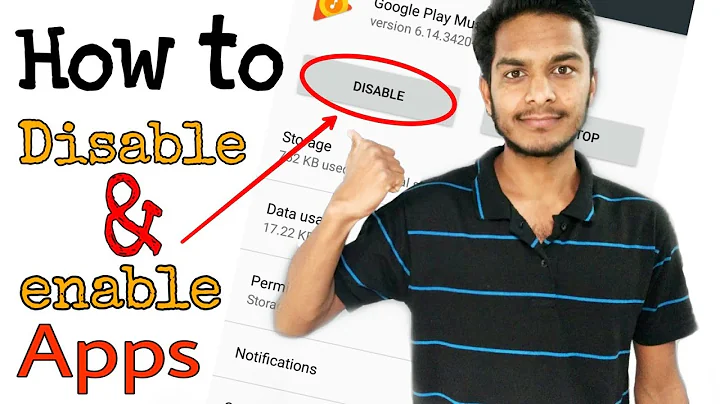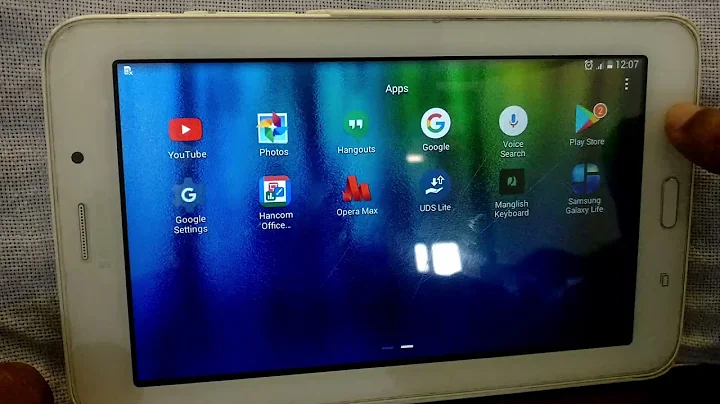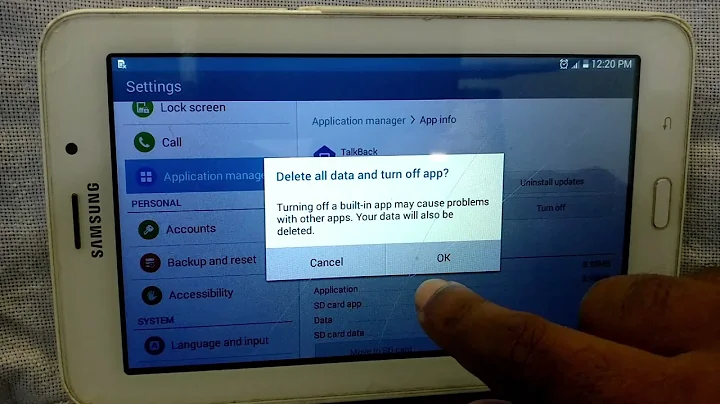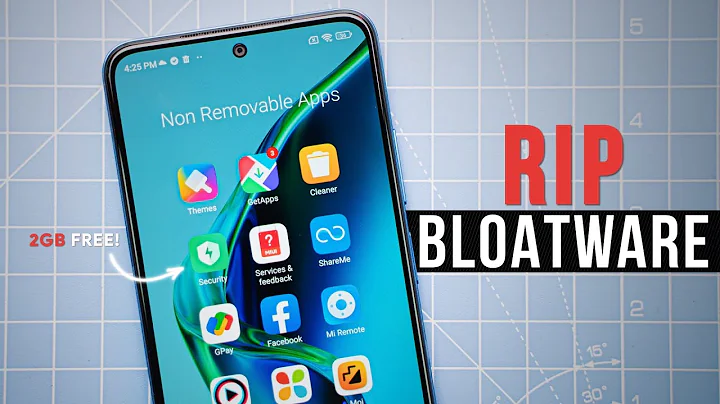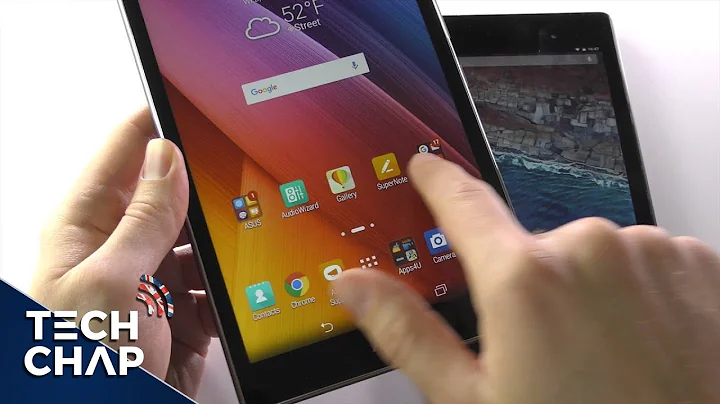Android: Disable application for tablet
Solution 1
Include following in your Manifest:
<manifest ... >
<compatible-screens>
<!-- all small size screens -->
<screen android:screenSize="small" android:screenDensity="ldpi" />
<screen android:screenSize="small" android:screenDensity="mdpi" />
<screen android:screenSize="small" android:screenDensity="hdpi" />
<screen android:screenSize="small" android:screenDensity="xhdpi" />
<screen android:screenSize="small" android:screenDensity="xxhdpi" />
<screen android:screenSize="small" android:screenDensity="xxxhdpi" />
<!-- all normal size screens -->
<screen android:screenSize="normal" android:screenDensity="ldpi" />
<screen android:screenSize="normal" android:screenDensity="mdpi" />
<screen android:screenSize="normal" android:screenDensity="hdpi" />
<screen android:screenSize="normal" android:screenDensity="xhdpi" />
<screen android:screenSize="normal" android:screenDensity="xxhdpi" />
<screen android:screenSize="normal" android:screenDensity="xxxhdpi" />
</compatible-screens>
</manifest>
This will help you.
Solution 2
This prevents access on tablets, but allows the new density buckets (xxhdpi and xxxhdpi) and avoids errors on projects that are compiled against lower SDKs. It should be a direct child of the <manifest> element in AndroidManifest.xml
<compatible-screens>
<!-- all small size screens -->
<screen android:screenSize="small" android:screenDensity="ldpi" />
<screen android:screenSize="small" android:screenDensity="mdpi" />
<screen android:screenSize="small" android:screenDensity="hdpi" />
<screen android:screenSize="small" android:screenDensity="xhdpi" />
<screen android:screenSize="small" android:screenDensity="480" />
<screen android:screenSize="small" android:screenDensity="640" />
<!-- all normal size screens -->
<screen android:screenSize="normal" android:screenDensity="ldpi" />
<screen android:screenSize="normal" android:screenDensity="mdpi" />
<screen android:screenSize="normal" android:screenDensity="hdpi" />
<screen android:screenSize="normal" android:screenDensity="xhdpi" />
<screen android:screenSize="normal" android:screenDensity="480" />
<screen android:screenSize="normal" android:screenDensity="560" />
<screen android:screenSize="normal" android:screenDensity="640" />
</compatible-screens>
Update 8.8.2016 Add this line if you want to support Nexus-5x-like devices with 420 density
<screen android:screenSize="normal" android:screenDensity="420" />
Solution 3
If you want to restrict the app to handsets only use the <compatible-screens> tag in the Manifest. i.e.like this
<manifest ... >
<compatible-screens>
<!-- all small size screens -->
<screen android:screenSize="small" android:screenDensity="ldpi" />
<screen android:screenSize="small" android:screenDensity="mdpi" />
<screen android:screenSize="small" android:screenDensity="hdpi" />
<screen android:screenSize="small" android:screenDensity="xhdpi" />
<!-- all normal size screens -->
<screen android:screenSize="normal" android:screenDensity="ldpi" />
<screen android:screenSize="normal" android:screenDensity="mdpi" />
<screen android:screenSize="normal" android:screenDensity="hdpi" />
<screen android:screenSize="normal" android:screenDensity="xhdpi" />
</compatible-screens>
...
<application ... >
...
<application>
</manifest>
For more info check Declaring an App is Only for Handsets
You should not use the <supports-screens> tag, if you want to restrict the app from tablets. It is clearly mentioned in the official doc
Caution: If you use the element for the reverse scenario (when your application is not compatible with larger screens) and set the larger screen size attributes to "false", then external services such as Google Play do not apply filtering. Your application will still be available to larger screens, but when it runs, it will not resize to fit the screen. Instead, the system will emulate a handset screen size (about 320dp x 480dp; see Screen Compatibility Mode for more information). If you want to prevent your application from being downloaded on larger screens, use , as discussed in the previous section about Declaring an App is Only for Handsets.
Solution 4
please check if you have made layout for layout-large, layout-xlarge. if they are present your app will run on tablet, please remove that layout folder if present.
Related videos on Youtube
Comments
-
 Manoj Fegde over 1 year
Manoj Fegde over 1 yearI developed an application, Now i want to restrict the application for tablet.
Means the application should not run on any tablets. For that I specify the support-screens in Androidmenifest.XML file as:
<manifest xmlns:android="http://schemas.android.com/apk/res/android" package="com.abc.xyz" android:versionCode="1" android:versionName="1.0" > <uses-sdk android:minSdkVersion="5" android:targetSdkVersion="17" android:maxSdkVersion="17" /> <supports-screens android:smallScreens="true" android:normalScreens="true" android:largeScreens="false" android:xlargeScreens="false" android:resizeable="true" android:anyDensity="true" /> <uses-permission android:name="android.permission.SEND_SMS" /> <uses-permission android:name="android.permission.WRITE_EXTERNAL_STORAGE" /> <uses-permission android:name="android.permission.INTERNET"/> <uses-permission android:name="android.permission.ACCESS_WIFI_STATE"/> <uses-permission android:name="android.permission.CHANGE_WIFI_STATE"/> <uses-permission android:name="android.permission.ACCESS_NETWORK_STATE"/> <application android:icon="@drawable/appicon" android:label="@string/app_name" android:theme="@android:style/Theme.Black.NoTitleBar" android:allowBackup="true" > <activity android:name="com.abc.xyz.activities.hello" android:label="@string/title_activity_hello" > <intent-filter> <action android:name="android.intent.action.MAIN" /> <category android:name="android.intent.category.LAUNCHER" /> </intent-filter> </activity> </application> </manifest>Now the issue is that :
Application is running on tablet
android:largeScreens="false" android:xlargeScreens="false"After declaring above too.
Now what should i do. Please suggest me and guide me.
-
 Kevin van Mierlo almost 9 yearsI was missing all kinds of devices, this fixed that! Thanks!
Kevin van Mierlo almost 9 yearsI was missing all kinds of devices, this fixed that! Thanks! -
geekoraul about 8 yearsWill this work if my app already supports tablet and I don't want the tablets to get an update to a specific version ?
-
 loshkin over 7 yearsWith this configuration, devices like Nexus 5x(~423 ppi) are not included. Tested. You still have to add xxhdpi.
loshkin over 7 yearsWith this configuration, devices like Nexus 5x(~423 ppi) are not included. Tested. You still have to add xxhdpi. -
Rohan Patel over 7 yearsWhat is mean by <screen android:screenSize="normal" android:screenDensity="480" /> <screen android:screenSize="normal" android:screenDensity="560" /> <screen android:screenSize="normal" android:screenDensity="640" />
-
tsalaroth about 7 yearsI believe it would be according to the API docs. The screenDensity attribute declares the dpi, and all of these are valid dpi values in the docs.
-
kostik over 5 yearsI dont think is correct answer anymore. I could not install app on Samsung Galaxy S9+
-
 Heaven about 5 yearsany new method now?
Heaven about 5 yearsany new method now?
